Planting Technology Lists
-
Symptoms and treatment of leaf spot disease of Oxalis purpurea

1. Symptoms of leaf spot disease harm purple leaf sorrel leaves. When the disease occurs, irregular spots of lavender water stains are produced on the leaves, some with obvious edges and clear boundaries with healthy parts; some are not clear. The spots gradually expand after turning yellow brown, turning gray in the center and brown at the edges.
2019-02-28 -
Symptoms and treatment of root rot of purple leaf sorrel
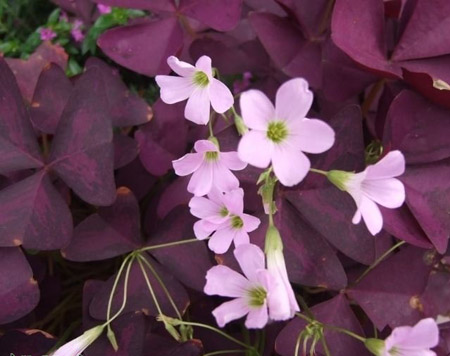
1. The symptoms of root rot damage the roots and bulbs of Oxalis purpurea. The damaged plants showed wilting under sunlight during the day and recovered from night to early morning. The initial symptoms are that the leaves of Oxalis purpurea show a state similar to that of lack of fat and loss of purple, the roots are wrinkled, and the fibrous roots are less and yellowish brown.
2019-02-28 -
Pay attention to these things when buying foliage plants, it will be very difficult to raise a family.
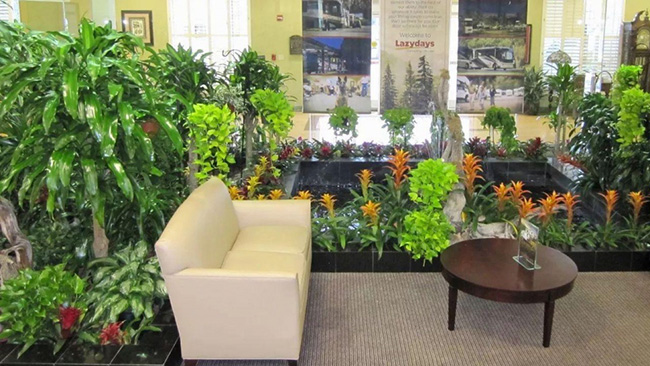
What are the practical skills for buying foliage potted plants in a flower shop or flower market? in the process of raising flowers at home, the indoor environment is generally dominated by foliage plants, most of which are purified green plants. How can I avoid wilting after a few days when I buy it?
2019-02-28 -
Symptoms and control methods of diseases and insect pests of One-leaf orchid
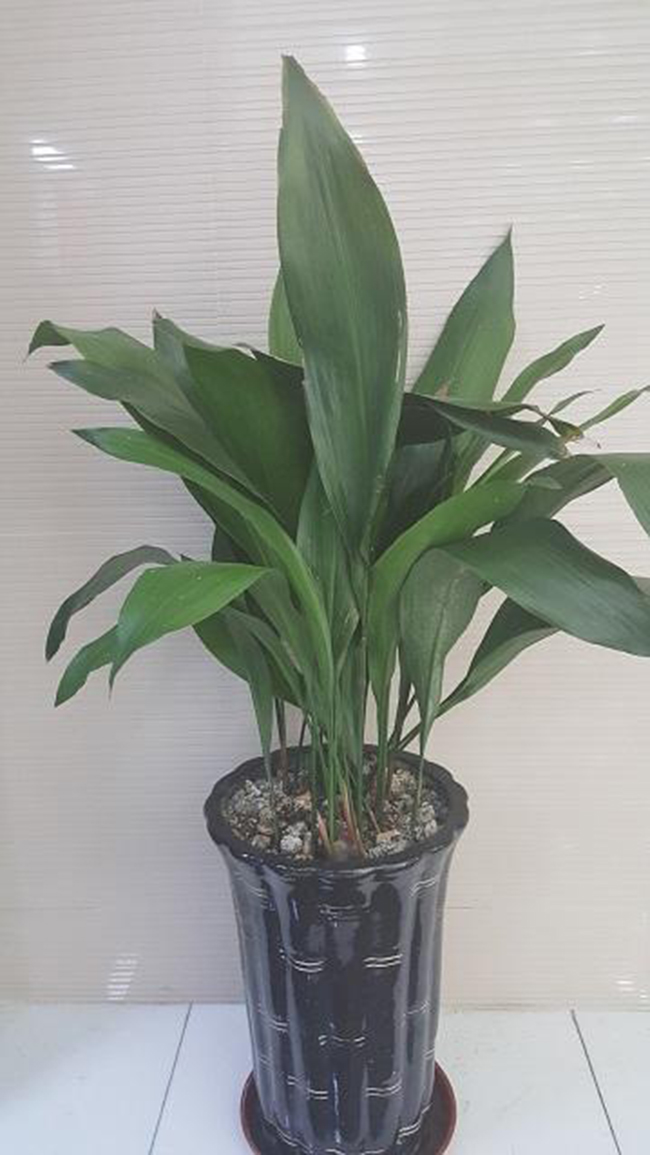
1. Anthracnose symptoms: The disease spots on the leaves of One-leaf Orchid occur mostly on the leaf margin or leaf surface. The lesion is nearly round, grayish white to grayish brown, the outer edge is yellowish brown or reddish brown, and black small dots arranged in a wheel appear in the later stage. In addition to leaves, petioles and stems are also infected, producing elongated lesions
2019-02-28 -
Culture methods and matters needing attention of Dryopteris Dryopteris
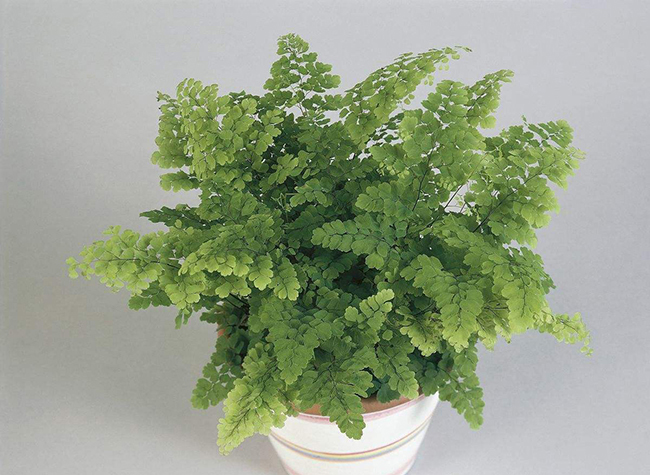
Dryopteris, perennial herbs, 0.1-0.6 m high. It is named Dryopteris Dryopteris because of its slender stem and color like iron wire. Dryopteris is also an indicator of calcareous soil. Because of its fear of dryness and strong light, it must be placed in a place where there is no direct sunlight for maintenance.
2019-02-28 -
Culture methods and matters needing attention of Phyllostachys pubescens
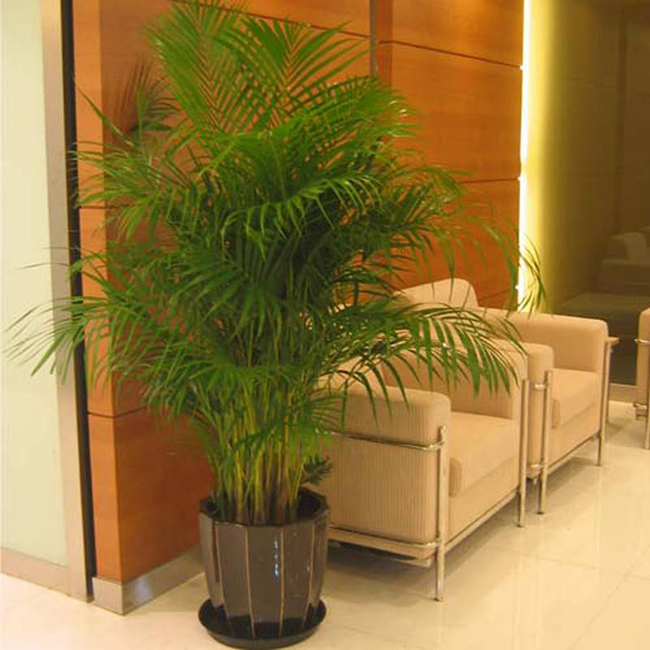
Phoenix tail bamboo plant cluster is beautiful, the branches are slender, curved and drooping, like a Phoenix tail, the ornamental value is very high. It is an excellent landscaping material in the south, often planted in building corners, road corners or corridor racks, resistant to pruning, and can also be planted as hedges. Potted Phoenix tail bamboo
2019-02-28 -
Breeding methods and matters needing attention of Spring Feather
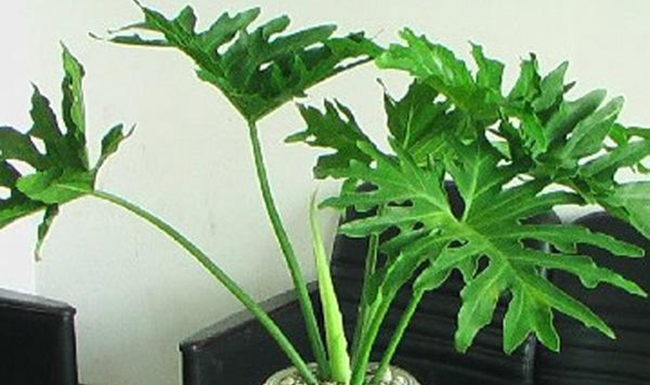
Spring feather (spring taro) spring feather, also known as spring taro, feather split forest taro, Camptotheca acuminata, cherry angel vine green velvet, is a perennial evergreen herbaceous foliage plant of Araceae. Spring feather morphological characteristics the spring feather stem is erect, lignified, with many aerial roots; the plant is tall, up to more than 1.5 meters. The leaves are clustered.
2019-02-28 -
Smooth sailing culture methods and matters needing attention, smooth sailing how to breed hydroponic culture methods

Plain sailing growth habits like high temperature and humidity, but also more resistant to shade. White crane taro leaves are larger, more sensitive to humidity, afraid of strong light exposure, summer shade 60-70%, but long-term lack of light, it is not easy to blossom. The soil should be rich and humus-rich loam. The optimum temperature for growth is 22-28 ℃.
2019-02-28 -
Matters needing attention in the breeding method of evergreen, Queen of Silver
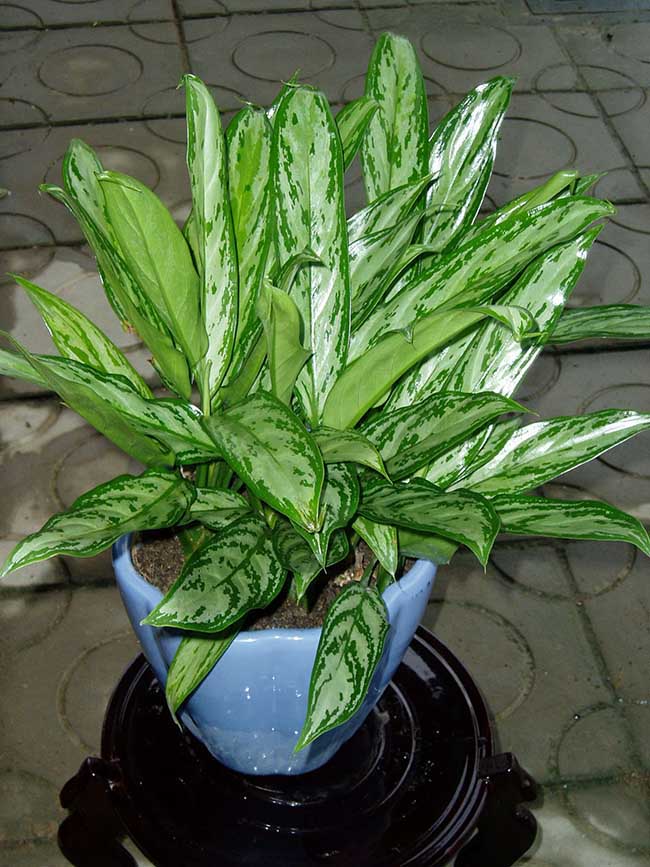
Silver queen evergreen silver queen, also known as silver queen evergreen, silver queen thick rib grass, silver queen bright silk grass. The leaf color is beautiful, especially shade-resistant, and has a unique ability to purify the air. Decorating potted plants in the hall, you will feel bright and comfortable. At present, it is fashionable to cut leaves and arrange flowers for leisure or decorate the outdoor environment. In addition to watching and purifying the air
2019-02-28 -
Culture methods and propagation of sage
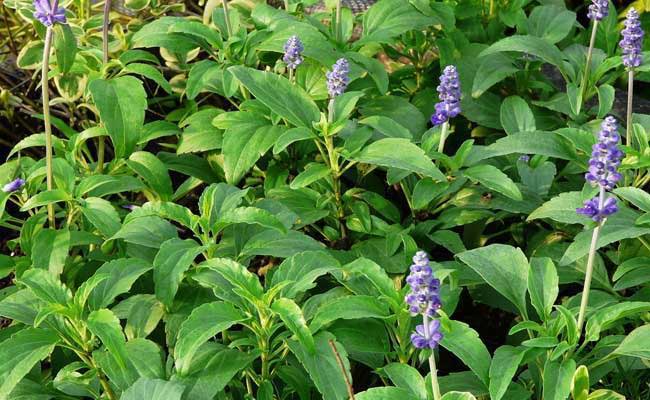
The growth environment of sage is born on hillsides, roadsides, shady bushes, watersides and trees, at an altitude of 220-1100 meters. Like a warm, well-lit and well-ventilated environment. The suitable temperature for growth was 15 ℃-22 ℃. Resistant to drought, but not resistant to waterlogging. Do not choose soil, like limestone-rich soil, should be well drained
2019-02-28
